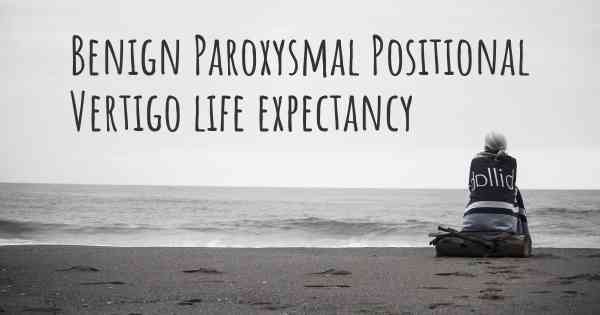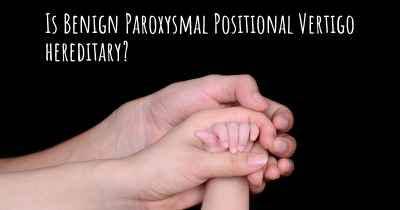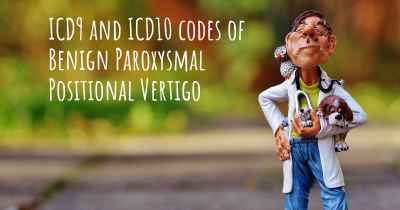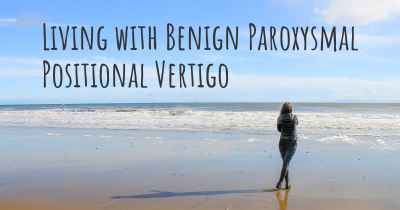What is the life expectancy of someone with Benign Paroxysmal Positional Vertigo?
Life expectancy of people with Benign Paroxysmal Positional Vertigo and recent progresses and researches in Benign Paroxysmal Positional Vertigo

Benign Paroxysmal Positional Vertigo (BPPV) is a common inner ear disorder that causes brief episodes of dizziness or vertigo when the head is moved in certain positions. It is not a life-threatening condition and does not directly affect life expectancy. BPPV can be effectively managed and treated through various techniques, including canalith repositioning maneuvers and vestibular rehabilitation exercises. These interventions aim to alleviate symptoms and improve balance. It is important to consult with a healthcare professional for accurate diagnosis and appropriate treatment. With proper management, individuals with BPPV can lead a normal and fulfilling life.
Benign Paroxysmal Positional Vertigo (BPPV) is a common vestibular disorder that affects the inner ear, leading to episodes of dizziness and vertigo. It is characterized by brief, intense spinning sensations triggered by certain head movements. While BPPV can significantly impact a person's quality of life, it does not directly affect life expectancy.
Life expectancy refers to the average number of years a person is expected to live based on various factors such as their health, lifestyle, genetics, and environmental conditions. BPPV, being a specific medical condition, does not have a direct influence on life expectancy as it does not cause life-threatening complications or directly impact vital organs.
However, it is important to note that BPPV can have a significant impact on a person's daily activities, mobility, and overall well-being. The recurrent episodes of vertigo can lead to falls, injuries, and a decreased quality of life. It may also cause anxiety, depression, and social isolation in some individuals.
Treatment for BPPV primarily involves specific head and body movements, known as canalith repositioning procedures, which aim to reposition the displaced calcium crystals in the inner ear. These procedures are often performed by healthcare professionals specializing in vestibular rehabilitation therapy.
In addition to canalith repositioning procedures, healthcare providers may recommend certain lifestyle modifications and exercises to help manage BPPV symptoms. These can include:
- Bed modifications: Sleeping with an elevated head position or using multiple pillows to minimize head movements during sleep.
- Physical therapy exercises: Performing specific exercises to improve balance, coordination, and strengthen the vestibular system.
- Home safety measures: Ensuring a safe environment by removing hazards that may increase the risk of falls during vertigo episodes.
- Medications: In some cases, medications such as vestibular suppressants or anti-nausea drugs may be prescribed to alleviate symptoms during severe episodes.
It is important for individuals with BPPV to work closely with their healthcare providers to develop an individualized treatment plan that suits their specific needs and helps manage their symptoms effectively.
Prognosis for BPPV is generally favorable, and most individuals experience significant improvement or complete resolution of symptoms with appropriate treatment. Canalith repositioning procedures have shown high success rates in relieving vertigo episodes associated with BPPV.
However, it is worth mentioning that BPPV can recur in some cases, requiring additional treatment or adjustments to the management plan. Regular follow-up appointments with healthcare providers specializing in vestibular disorders may be necessary to monitor the condition and make any necessary modifications to the treatment approach.
In conclusion, while BPPV can have a significant impact on a person's daily life and well-being, it does not directly affect life expectancy. With appropriate treatment and management strategies, individuals with BPPV can experience relief from symptoms and improve their overall quality of life.








